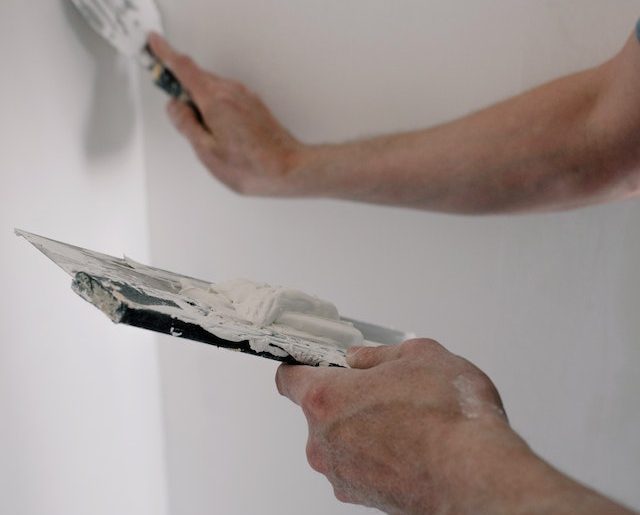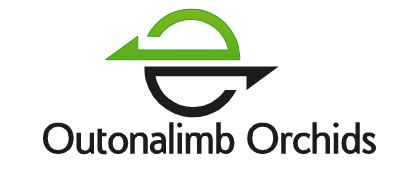Buying an Established Home Vs. Building a New Home

When choosing between building a new home and buying an established one, you should consider several factors. While building a home involves more work and expense, it can be a rewarding experience. Here are some advantages and disadvantages of building your own home. Also, read about the different types of financing options available for home buyers.
Buying a pre-existing home is cheaper than building a new home
There are several benefits to buying an established home versus building a new one. First, it’s cheaper. Also, if you’re a first-time home buyer, it will give you some experience as a homeowner, as well as some equity to use to build your next home. If you’re a more experienced home buyer, building a new house is a good option, as long as you stay within the 25 percent limit.
Second, buying an established home can help you avoid hidden costs and risks. For example, older homes may have lead paint, which is dangerous for children. If you’re buying a used home, you should be especially careful if you have children. Additionally, you’ll have to wait for seven months before you can move in. And renting during construction can be a costly added expense.
Building a new home involves several expenses. First, there’s the cost of land. You’ll also need to apply for a home loan. Once approved, your bank will evaluate your credit history. You’ll also need to pay a building contractor. Afterwards, the bank will hold the final payment until construction is completed.
Financing options for buying an established home vs building a new home
There are several advantages to buying an established home. You don’t have to worry about building the foundation yourself, and you can save money on labour and materials. Buying a home that is already built also allows you to make upgrades slowly, and prioritize them if you wish.
When you’re building a new home, you’ll also have to consider financing options. One way to finance a new construction is with a construction-to-permanent loan, which automatically converts to a permanent mortgage after the home is completed. Some builders even offer streamlined financing options, which make this type of loan ideal for first-time homebuyers. However, this type of financing is less flexible and may limit your customization options.
Another difference between building a new and an established home is the location. Newly built homes are typically located farther from the city or inner suburbs. This is not a major disadvantage, but it can make it more difficult to find a location that is within your budget. On the other hand, an established home is closer to city amenities, and is often less expensive.
Owner-builder loans involve more paperwork and fees
If you have some construction experience and are able to handle more paperwork, owner-builder loans are a good choice. They require more paperwork and fees than a conventional loan, but they often carry lower interest rates. However, building your own house can be difficult and cost more than you initially planned. You will need to arrange permits and make sure your home meets local building codes.
Getting an owner-builder loan can be a difficult task, so do your research before applying for one. While most banks only finance established homes, you can get an owner-builder construction loan from a few select lenders. You will need equity in your land and savings and possibly a guarantor. Some lenders will cover the cost of land and construction, but you will likely have to provide additional security in the form of a down payment. Owner-builder loans can cover up to 100 percent of the cost of your project. Because of the high rate of change in the home-building process, most banks will be more conservative with these loans.
The paperwork involved with owner-builder loans also extends to the closing of the loan. After the loan closes, the borrower will have to make payments on the loan, which include interest payments during construction. The money will be paid out in stages, as work progresses and major milestones are met. The principal of the loan will not be repaid until the construction of the home is complete.
Choosing a builder vs buying a pre-existing home
While buying a pre-existing home is safer than buying a new one, it can be more difficult to find the perfect one. If you’re on a tight schedule, you might prefer a move-in-ready home. Building a new home allows you to make energy-saving changes as well as incorporate modern conveniences.

